ENGLAND
London

London
London
London is the largest city and also the capital of England. More than 7.5 million people live in this English capital. London is not only the capital of the United Kingdom. It is also the country's economic, cultural and political center. London, together with Tokyo, New York and Paris, is one of the four major world cities. These are cities that have a major influence on international politics in the cultural, socio-economic or policy areas.
Location
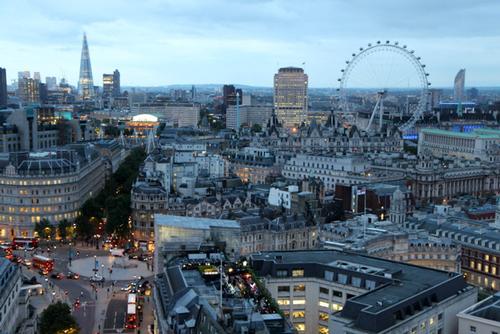 LondonPhoto: Colin CC 4.0 International no changes made
LondonPhoto: Colin CC 4.0 International no changes made
London is located in the Greater London region of south-east England. England is part of an island off the Western European coast that, together with Wales and Scotland, is also known as Great Britain. Greater London has an area of 1,572 km². The River Thames flows right through London. The river is featured in many stories and books about London and wonderful walks can be made along it. The Thames is also a good landmark when you're in town.
Weather
London has a moderate maritime climate with mild, wet winters and fairly cool summers. London is best known as a city where it rains often. However, this turns out to be more an image than reality. In fact, London's climate is one of the mildest in all of Britain. Below are some more facts about the weather in London:
- Average temperature: 9.6 °C
- Average minimum temperature: 5.2 °C
- Average maximum temperature: 13.9 °C
- Annual sunshine: 1,573 hours
- Precipitation per year: 754 mm
- Days of precipitation per year: 164
History
It is believed that London was founded around 1000 BC by Brutus of Troy, who named the city Trinovantum. Later, King Lud Caer named the city of Ludein, from which the current name London is derived. Throughout history, London has been completely or partially destroyed several times and several wars have taken place.
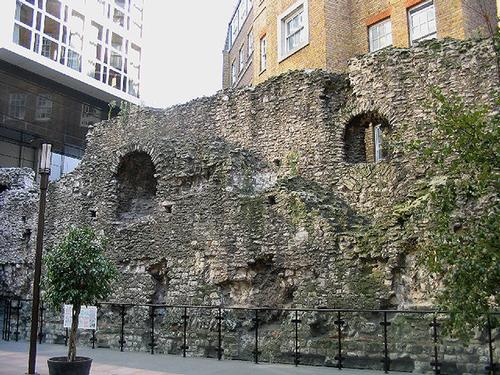 Remains of a Roman wall LondonPhoto: John Winfield (CC BY-SA 2.0) no changes made
Remains of a Roman wall LondonPhoto: John Winfield (CC BY-SA 2.0) no changes made
The Romans built a crossing of the River Thames, somewhere near today's London Bridge. The city grew and became an important port. In the 3rd century AD it was also the administrative and commercial center of Roman Britain and a significant city. About 30,000 people lived here and there were a variety of amenities, including cobbled streets, temples, public baths, and massive defensive walls.
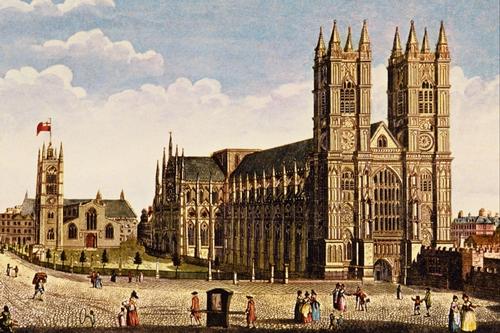 Westminster Abbey LondonPhoto: Public Domain
Westminster Abbey LondonPhoto: Public Domain
After this, the city was occupied by the Vikings and eventually by William the Conqueror (king of Normandy). After his coronation in Westminster Abbey, William the Conqueror built many fortresses within the walls of the city. Other Norman construction projects included the Tower of London, and the old London Bridge, which replaced the original Roman crossing.
It was not until the 14th century that London could call itself the real capital of England. London became the seat of government under King Edward III. The city grew steadily in both size and population. There were also setbacks, of course. In the Middle Ages, a power struggle took place between the municipality, the city guilds and the monarchy. London was also devastated by illness caused by poor living conditions. In fact, two-thirds of the city's residents were killed by the plague of 1348.
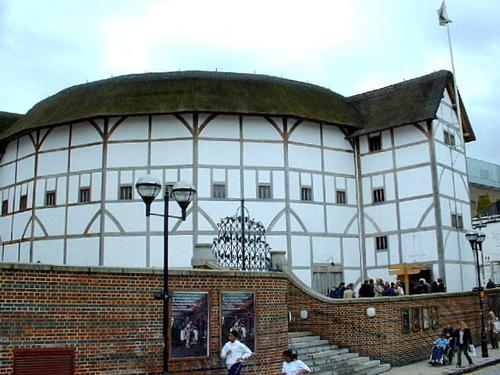 Reconstructed Globe Theater LondonPhoto: GaryReggae (CC BY-SA 2.0) no changes made
Reconstructed Globe Theater LondonPhoto: GaryReggae (CC BY-SA 2.0) no changes made
By the time Elizabeth came to the throne, London was home to some 200,000 people. In 1599, Shakespeare's original Globe Theater was built here. In 1666, a major disaster struck London. An enormous fire raged in the city for three days, known as The Great Fire of London. Most of the medieval and Tudor architecture disappeared in one fell swoop. The restoration of the city in the years that followed included the construction of many new churches by the architect Sir Christopher Wren, including St. Paul's Cathedral.
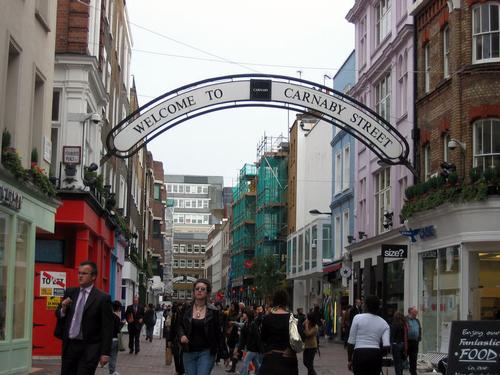 Carnaby Street LondonPhoto: C Ford CC 3.0 Unported no changes made
Carnaby Street LondonPhoto: C Ford CC 3.0 Unported no changes made
After this it went in the right direction with London. The city grew bigger and more prosperous and by 1832 London had become the largest city in the world. In World War II, the Germans carried out heavy bombing raids on London. More than 20,000 people died and part of the city was destroyed. In the 1960s, London became the center for fashion and music. At the heart of the city were Carnaby Street (fashion) and Abbey Road, made famous by the Beatles. The city continues to attract crowds of tourists, who come to enjoy the historical traditions and endless attractions. The city grows into the metropolis of London as we know it today.
Sights
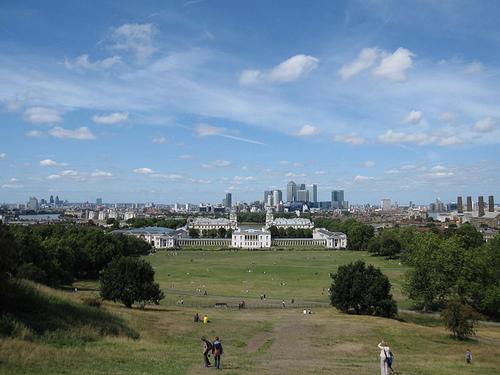 Greenwich Park LondonPhoto: Gryffindor CC 3.0 Unported no changes made
Greenwich Park LondonPhoto: Gryffindor CC 3.0 Unported no changes made
London is an old city full of interesting sights. There is something for everyone: more than 140 quiet parks such as Greenwich Park, beautiful and free museums, impressive buildings from different periods, more than 3,000 shops and many more sights and opportunities to discover the city.
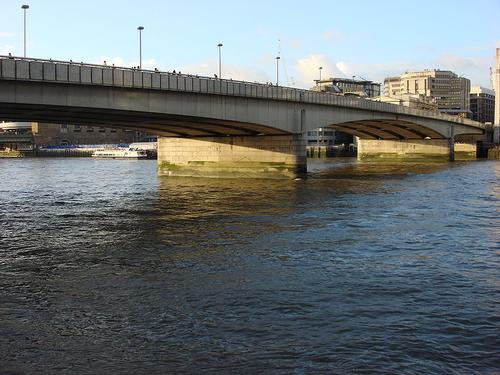 London BridgePhoto: Burge5000 CC 2.0 Unported no changes made
London BridgePhoto: Burge5000 CC 2.0 Unported no changes made
London Bridge is the bridge that we all know from the English children's song: "London Bridge is falling down". The bridge connects the City of London and Southwark neighborhoods. The first bridge on this site was built by the Romans, but was often destroyed, damaged, rebuilt, restored and rebuilt. From the 14th century, it became a tradition to place the severed heads of traitors along the bridge. It was not until 1660 that this sinister habit was broken. London Bridge is often confused with Tower Bridge.
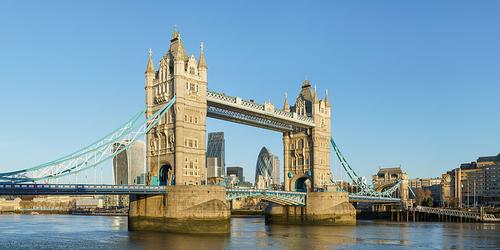 LondonTower bridgePhoto: Colin CC 4.0 International no changes made
LondonTower bridgePhoto: Colin CC 4.0 International no changes made
However, Tower Bridge is more imposing than London Bridge and was not completed until 1884. Visitors can see one of the most famous bridges in the world, with breathtaking views from the footbridges, 45 meters above the River Thames. The middle part is completely made of glass, so watch out if you are afraid of heights. The Tower Bridge Experience also includes an exhibition in the two towers, with information about the history behind the bridge. Both bridges are very special and it is definitely worth walking over them.
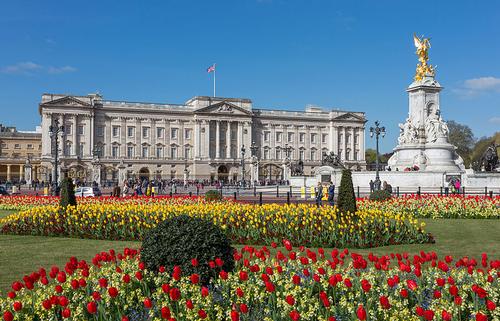 Buckingham Palace LondonPhoto: Diliff CC 3.0 Unported no changes made
Buckingham Palace LondonPhoto: Diliff CC 3.0 Unported no changes made
Buckingham Palace is the palace of the Royal Family of England. It was built in 1703 for the Earl of Buckingham John Sheffield. In 1912, the facade of the impressive building was modernized. The palace has no less than 775 rooms and 78 bathrooms. The building contains a swimming pool, a ballroom, a clock collection with 356 bells, a doctor's post and a cafeteria for the staff of the Royal family. The palace is so big that it has its own zip code: SW1A 1AA. Several princes and princesses were born in Buckingham Palace, including Prince Charles. There are usually a number of rooms open to the public.
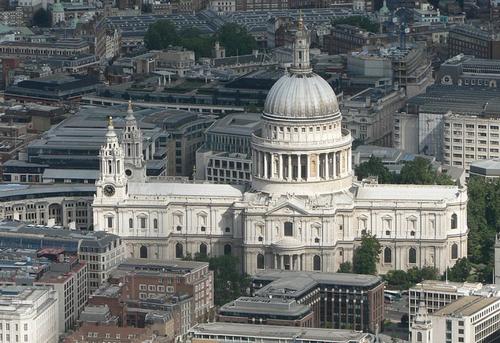 St paul's Cathedral LondonPhoto: Mark Fosh CC 2.0 Unported no changes made
St paul's Cathedral LondonPhoto: Mark Fosh CC 2.0 Unported no changes made
St. Paul's Cathedral is a spectacular cathedral and one of Sir Christopher Wren's most breathtaking creations. The cathedral was built between 1675 and 1708 after the old church was destroyed during the Great Fire of London in 1666. St. Paul's looks very grand from the outside. But step inside to enjoy her further grandeur and see the huge dome from below. The dome itself is of epic proportions and about 34 meters in diameter and clearly visible in the London skyline.
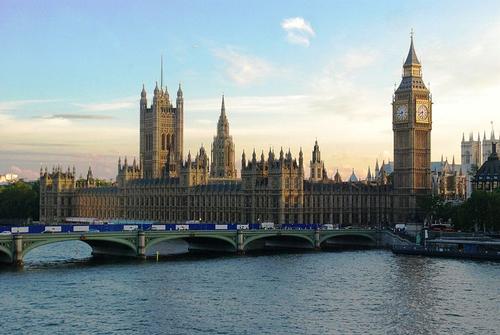 Houses of Parliament in LondonPhoto: Mgimelfarb in the public domain
Houses of Parliament in LondonPhoto: Mgimelfarb in the public domain
The Houses of Parliament can be found next to Westminster Bridge and are also known as the Palace of Westminster. The building was originally built in the Middle Ages, then rebuilt between 1840 and 1870, after significant fire damage. This palatial structure includes both the House of Commons and the House of Lords. Big Ben is a huge clock tower and without doubt one of the most famous of London's many attractions. The world's third tallest free-standing structure of its kind, this iconic clock tower was built in 1858 and has a thirteen-ton clock.
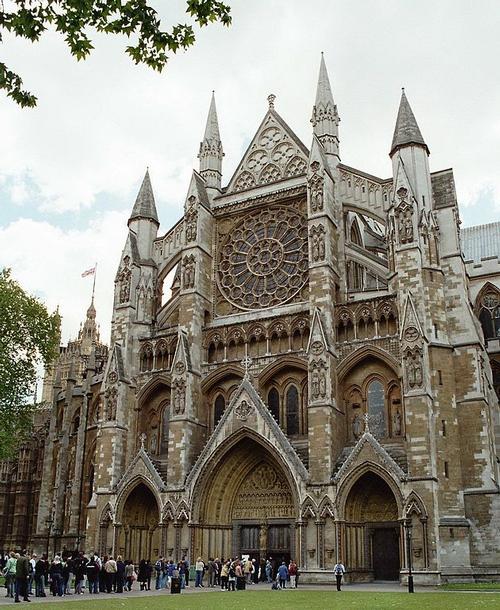 Westminster Abbey LondonPhoto: Sir James CC 3.0 Unported no changes made
Westminster Abbey LondonPhoto: Sir James CC 3.0 Unported no changes made
Between Victoria Street and Abingdon Street is Westminster Abbey, one of the most beautiful Gothic buildings in the country. The church was built in the middle of the 13th century by order of King Henry II, on the site of an older 11th century church and was designated a UNESCO World Heritage Site in 1987. Over the centuries, Westminster Abbey has witnessed some of the greatest events in English history, such as coronations, royal weddings and state funerals. On April 29, 2011, the marriage between Prince William and Catherine Middleton was concluded here. This lavish ceremony was performed around the world, watched by an estimated three billion people.
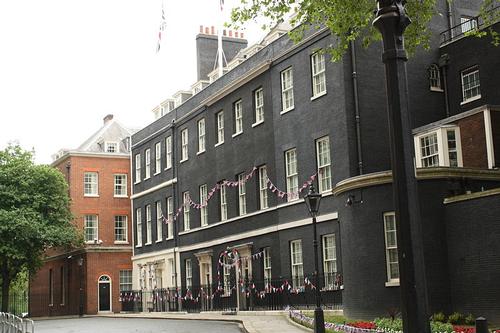 Downing Street 10 LondonPhoto: Richard Symons CC 3.0 Unported no changes made
Downing Street 10 LondonPhoto: Richard Symons CC 3.0 Unported no changes made
Close to St. James's Park, Number 10 Downing Street is certainly one of the most famous addresses in the world, and this terraced house serves as the official residence of the Prime Minister, as well as the government headquarters. This important home was designed by Sir Christopher Wren for Sir George Downing and built in the years 1682 to 1684. In 1732, King George II decreed 10 Downing Street to be the residence of the Prime Minister, Sir Robert Walpole and this tradition has since continued.
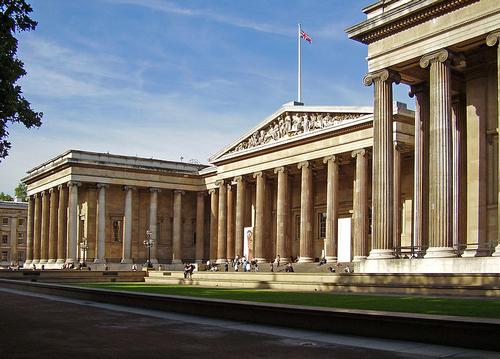 British Museum LondonPhoto: Ham CC3.0 Unported no changes made
British Museum LondonPhoto: Ham CC3.0 Unported no changes made
The British Museum is the national museum of the United Kingdom and can be found on Great Russell Street. The museum was founded over 250 years ago and includes world-famous collections of drawings, prints, coins, medals and large statues. Special exhibitions are often held there. A huge number of objects are on display and these include collections from all over the world, some of which date back to prehistoric times. Highlights include the Elgin Marbles and the Rosetta Stone.
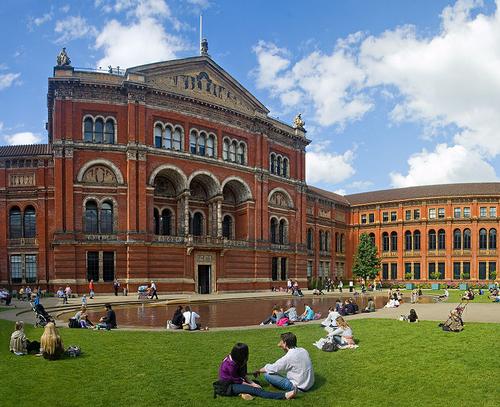 Victoria and Albert Museum LondonPhoto: Diliff CC 3.0 Unported no changes made
Victoria and Albert Museum LondonPhoto: Diliff CC 3.0 Unported no changes made
The Victoria and Albert Museum is the largest museum of applied arts in the world due to the vast variety and scale of this museum. The varied range of exhibitions on display here ensures that there is always something to suit your taste. The V&A includes the world's largest collection of Indian art outside of India, plus huge Chinese, Islamic, Japanese and Korean galleries. In recent years, the V&A has undergone a drastic renewal and restoration program. In addition to the excellent free permanent collection, the V&A offers a program with many temporary exhibitions and an extensive event program.
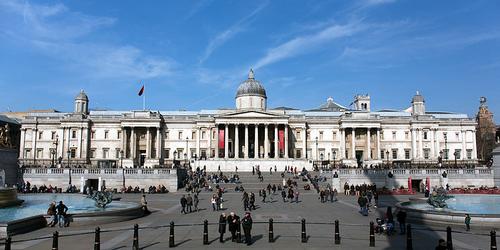 National Gallery LondonPhoto: Morio CC 3.0 Unported no changes made
National Gallery LondonPhoto: Morio CC 3.0 Unported no changes made
The National Gallery and the National Portrait Gallery are close by and are both leading museums. In the four wings of the National Gallery you can see Western European paintings from 1260 to 1900. Many famous works can be viewed, including paintings by Monet, Renoir, Gauguin, Turner and Picasso. Founded in 1824, the museum was created when the British government purchased a small collection of fine art from a wealthy local merchant. The National Portrait Gallery was founded in 1856 to collect a collection of images of famous British men and women and it quickly became the most comprehensive collection of its kind. Here you will see famous portraits of musicians, politicians, athletes and members of the royal family.
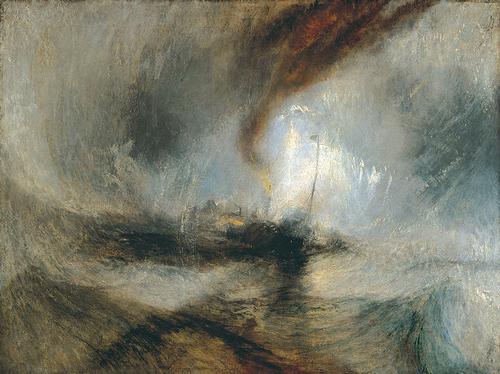 Many of Turner's masterpieces in the Tate Britain LondonPhoto: Public Domain
Many of Turner's masterpieces in the Tate Britain LondonPhoto: Public Domain
The Tate Britain houses the national collection of British art from the early 16th century to the early 1900s. It was originally founded in 1753 with money from Sir Henry Tate, the man who invented the sugar cube. In addition to the permanent collection of British art and the excellent Turner collection, Tate Brittain also showcases contemporary British artists and continues to sponsor the Turner Prize, the country's most prestigious modern art award. Tate Britain has a reputation for hosting some of the better art exhibitions in London.
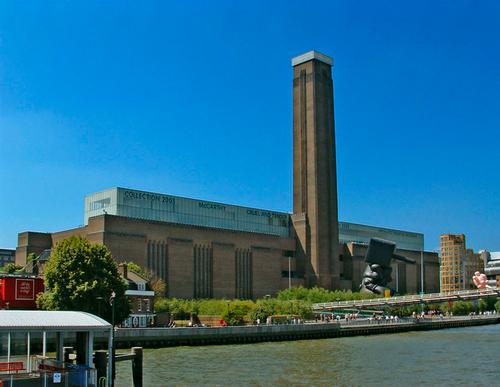 Tate Modern LondenPhoto: Christine Matthews (CC BY-SA 2.0) no changes made
Tate Modern LondenPhoto: Christine Matthews (CC BY-SA 2.0) no changes made
Tate Modern shows international modern art from 1900 to the present. Below canvases by Picasso, Matisse, Dali and Warhol, plus contemporary works by Gilbert and George. The beautiful Turbine Hall runs the full length of the building, offering a huge exhibition space designed by the Swiss architects Hertzog and Meuron. There are special exhibitions and also a café with beautiful views over the River Thames. When this brick building was originally built, town planners insisted that the central chimney should not be higher than the top of St. Paul's Cathedral. Tate modern was closed in 1980 and reopened in the summer of 2000, after a renovation costing 130 million.
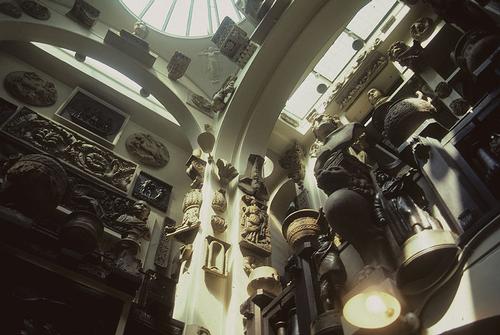 Sir John Soane Museum LondonPhoto: Acroterion CC 3.0 Unported no changes
Sir John Soane Museum LondonPhoto: Acroterion CC 3.0 Unported no changes
One of the strangest museums in London is the Sir John Soanes Museum. Soane died in 1837 after a long and impressive career. He designed 13 Lincoln's Inn Fields as his home and as a backdrop for his antiques and artwork. The thoughts, works and collection of the architect John Soane are presented here in a very special way. After his wife died, he lived here alone and was constantly adding and rearranging his collections. The whole house is packed with statues, ornaments, sarcophagi, vases, drawings, richly decorated ceilings and lots of art.
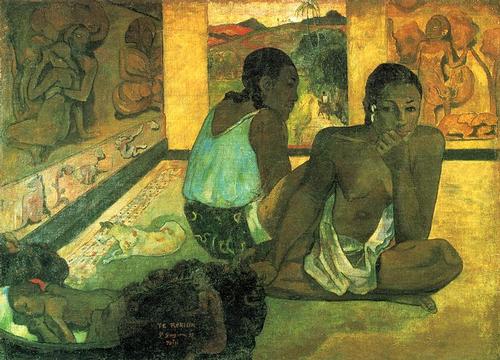 Gauguin's dream at the Courtauld Gallery in LondonPhoto: Public Domain
Gauguin's dream at the Courtauld Gallery in LondonPhoto: Public Domain
The Courtauld gallery houses one of the world's most beautiful art collections. Visitors can enjoy a remarkable art collection, including famous Impressionist and Post-Impressionist masterpieces by Monet, Manet, Gauguin, Van Gogh, Degas and Cezanne, among others. There are often highly acclaimed temporary exhibitions. The Courtauld is located on the Strand in the beautiful Somerset House.
Tips
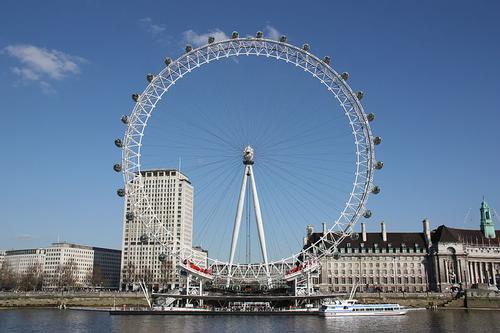 London EyePhoto: Kham Tran CC 3.0 Unported no changes made
London EyePhoto: Kham Tran CC 3.0 Unported no changes made
On the riverbank, The London Eye is a Ferris wheel with a wide view of the city. It is now considered the capital's main tourist attraction and is the tallest Ferris wheel in the world. The 30-minute flight is slow, providing unparalleled panoramic views of central London and beyond. The London Eye is one of the most visually striking attractions in the world. It offers a new perspective on the beautiful London skyline. It is seen as a symbol of the technological and design development in the new millennium.
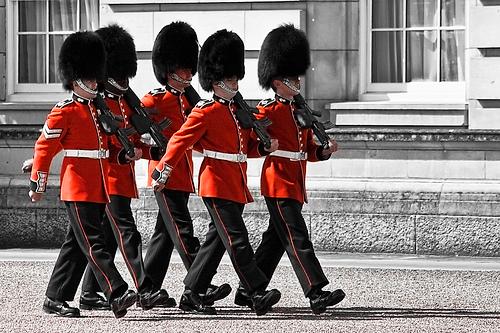 London Changing of the guardsPhoto: Gabriel Villena (CC BY 2.0) no changes made
London Changing of the guardsPhoto: Gabriel Villena (CC BY 2.0) no changes made
One of the biggest attractions around Buckingham Palace is the Changing of the Guard. This happens every day at every British palace and a whole ceremony is held around it. The guards are not allowed to move during their work, only during the switch ceremony. The ceremony has been around for centuries and takes about 45 minutes. The Changing of the Guard starts at 11:30 every day at Buckingham Palace in London.
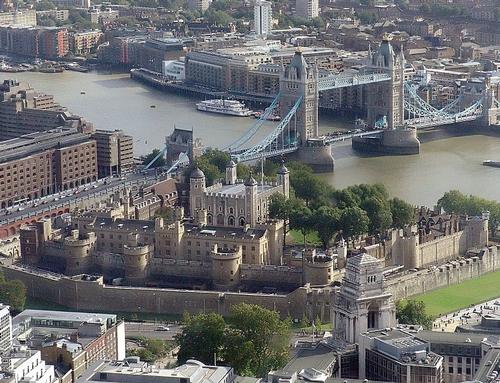 Tower of LondonPhoto: Public Domain
Tower of LondonPhoto: Public Domain
The Tower of London is guarded by the colorful Beefeaters and visitors can discover the priceless crown jewels, the traitor's gate and the famous black ravens. The London Dungeon is located in the vaults under the railway arches of London Bridge station on the south side of Tooley Street. Here you can see the gothic horrors of the dungeon, one of the city's main draws.
Useful links London
BBC Country ProfilesWorld Fact Book Explore all Countries
How to call
Last updated December 2025
Copyright: Team - The World of Info